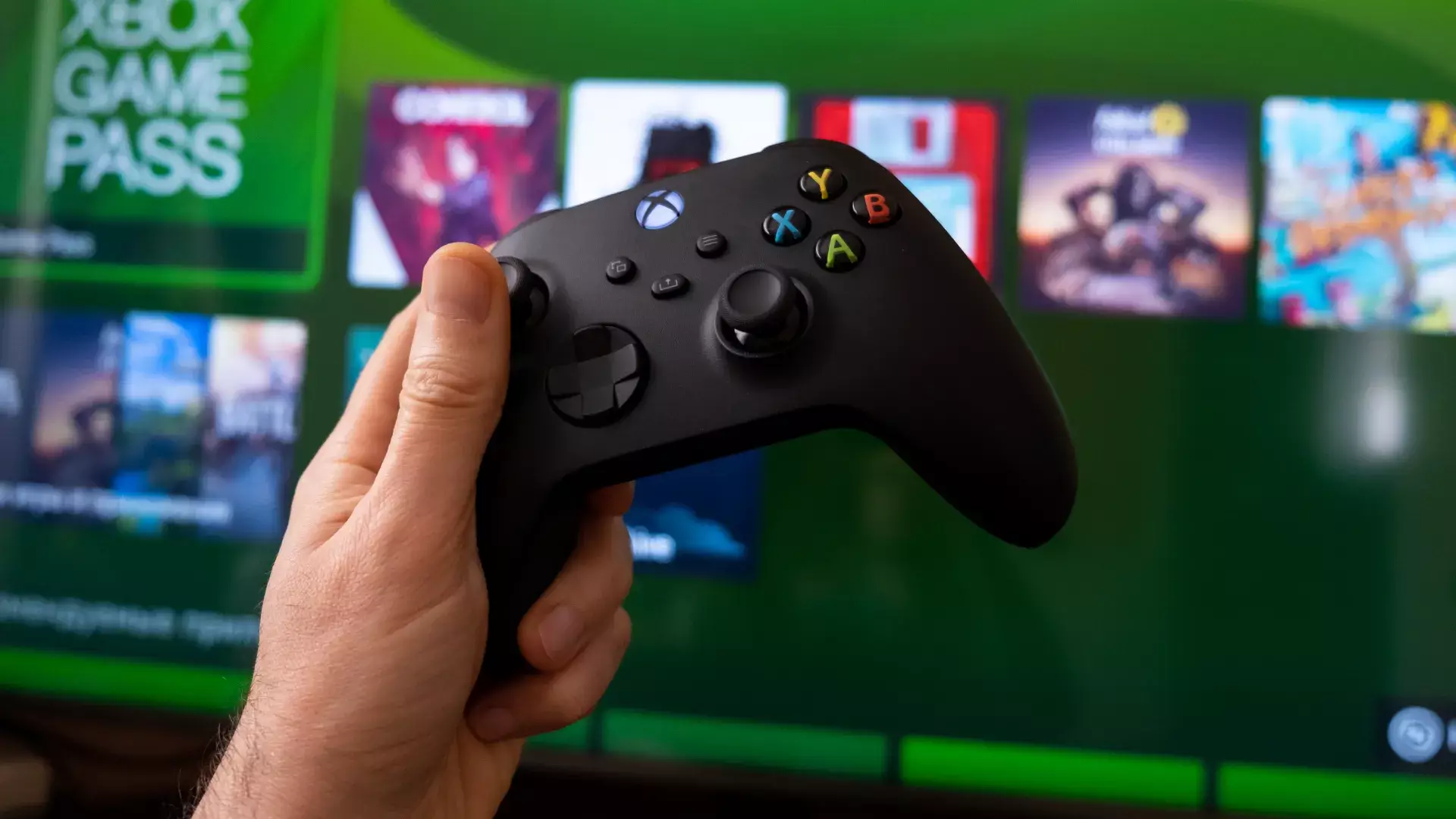In the ever-evolving landscape of video games, Microsoft’s approach to future hardware hints at a bold redefinition of what gaming means today. Long overshadowed by traditional console paradigms, the company appears poised to prioritize seamless, versatile gaming experiences that transcend the limits of a single device. Their recent statements emphasize a strategic shift—focusing on bringing gaming directly into players’ hands, regardless of where or how they choose to play. This isn’t about merely upgrading hardware; it’s about creating an adaptable ecosystem that puts the player’s convenience at the core.
Microsoft’s emphasis on multi-device play marks a philosophical departure from earlier generations of dedicated consoles. Instead of pushing the boundaries of hardware strictly within the living room, they seem intent on developing a future where gaming follows the user across a spectrum of devices, whether at home on a big screen or on-the-go through handheld devices. This vision aligns with consumer trends, where mobility and flexible access are paramount. The challenge, however, lies not just in hardware but in the software and service infrastructure that will enable this flexibility. If Microsoft manages to create a cohesive, consistent experience across platforms, gaming can become more accessible and less confined by traditional boundaries.
The Future of Hardware: Balancing Power with Portability
One of the most intriguing aspects of Microsoft’s near-term strategy is the development of a handheld console, often referred to as the Xbox Ally or similar prototypes. This device is reminiscent of the Steam Deck, but with Microsoft’s distinct ambitions—delivering a portable gaming experience that preserves the richness and power of traditional Xbox hardware. Early reports highlight cutting-edge specifications, such as AMD Ryzen chipsets, substantial RAM, and SSD storage options that rival or surpass current portable gaming devices.
This move suggests that Microsoft recognizes a key trend: players want high-quality gaming experiences that do not require a massive PC or a high-end console. By combining portability with robust hardware, the company aims to bridge the gap between console gaming and PC gaming—creating a hybrid ecosystem tailored for modern lifestyles. Such an initiative not only caters to gamers seeking convenience but also positions Xbox as a more flexible, modern brand that can adapt to a mobile-centric world.
Simultaneously, the promise of next-generation consoles with unprecedented technical leaps keeps the brand’s core hardware relevant. Rather than abandoning traditional consoles, Microsoft seems committed to pushing their boundaries, delivering devices that offer revolutionary performance. These machines might serve as powerful anchors in the ecosystem, while portable options ensure that gaming remains ubiquitous, dynamic, and user-focused.
Strategic Multiplatform Approach: Expanding Access Without Compromise
Microsoft’s aggressive stance on cross-platform gaming signals a commitment to inclusivity and accessibility. By making exclusive titles available on multiple platforms—including Nintendo Switch and PlayStation—they demonstrate that their vision isn’t locked to one device or store but is centered around the consumer experience.
This strategy challenges the conventional wisdom that console exclusivity is paramount. Instead, Microsoft is subtly reimagining a future where their games are omnipresent, easily accessible, and never locked behind rigid ecosystems. Such an approach has far-reaching implications: It elevates the importance of quality, service, and player loyalty over proprietary barriers.
Nevertheless, critics might argue that this could dilute the Xbox brand or erode the sense of ownership traditionally associated with console exclusives. Yet, Microsoft’s willingness to innovate suggests they’re confident that offering flexibility and broader access can create a more engaged, expansive gaming community. The upcoming hardware, with its potential for groundbreaking performance, offers a tangible way to keep Xbox at the forefront of this inclusive vision.
While critics have long questioned whether traditional consoles have a future, Microsoft’s recent statements indicate they are actively shaping a different reality—one where versatility, power, and accessibility converge. Their strategic focus on integrating gaming experiences across devices positions them as pioneers in the next gaming revolution. The combination of high-end hardware, portable devices, and a multiplatform ecosystem signals a confident attempt to redefine what gaming can be for the modern player.
In this new era, Microsoft is not merely participating in the industry’s evolution; they seem prepared to lead it. Whether their ambitious visions materialize into a new standard remains to be seen, but the direction is undeniably bold. The core question now is whether Microsoft can sustain this innovation without losing its core identity—or if they will successfully forge a future where gaming is truly limitless and player-centric.

